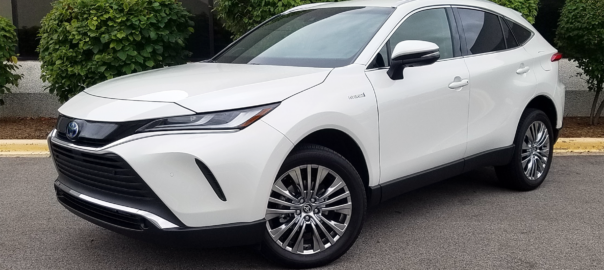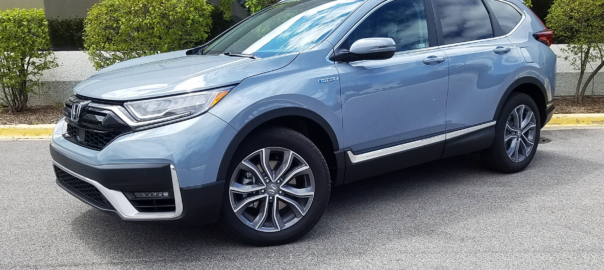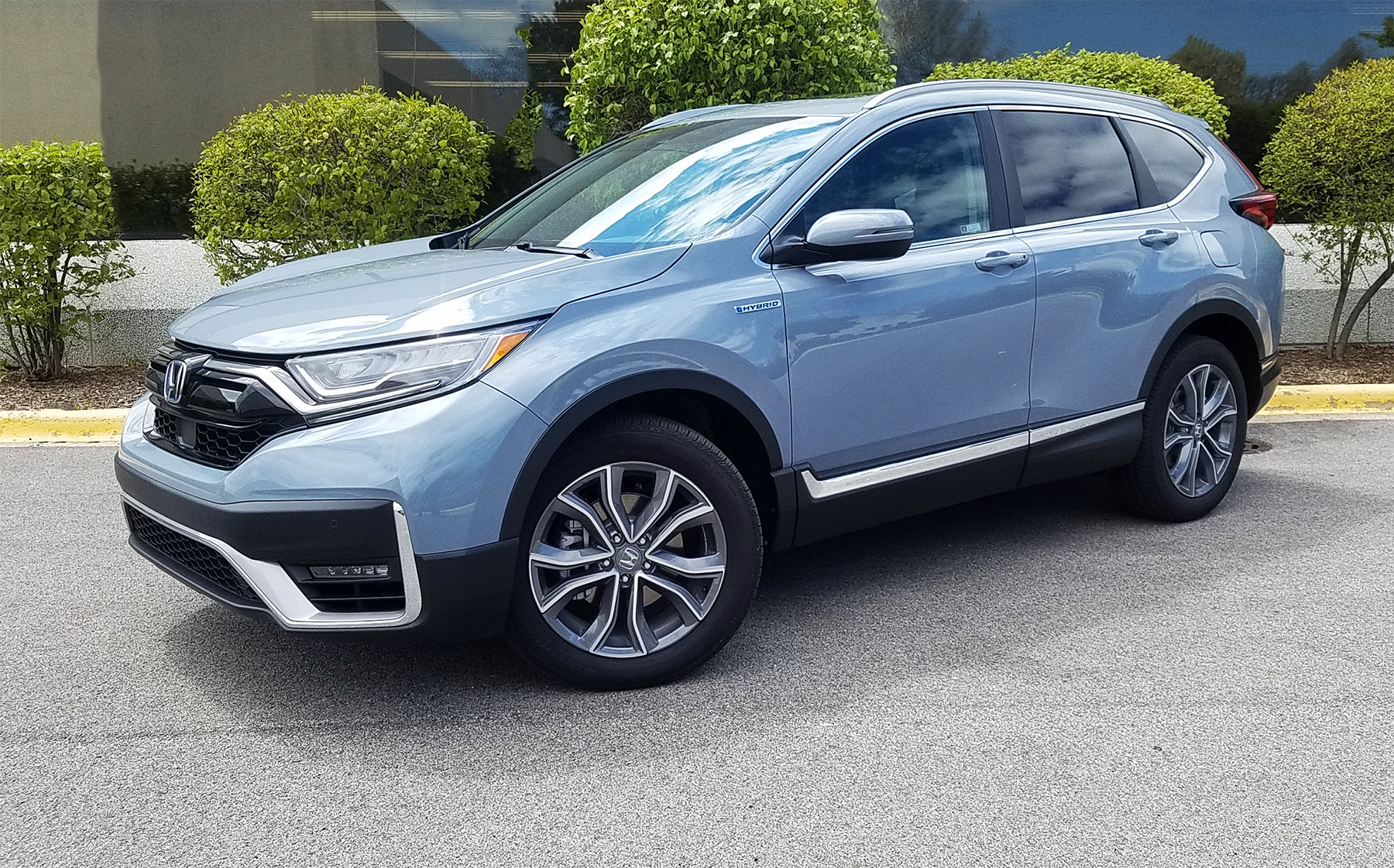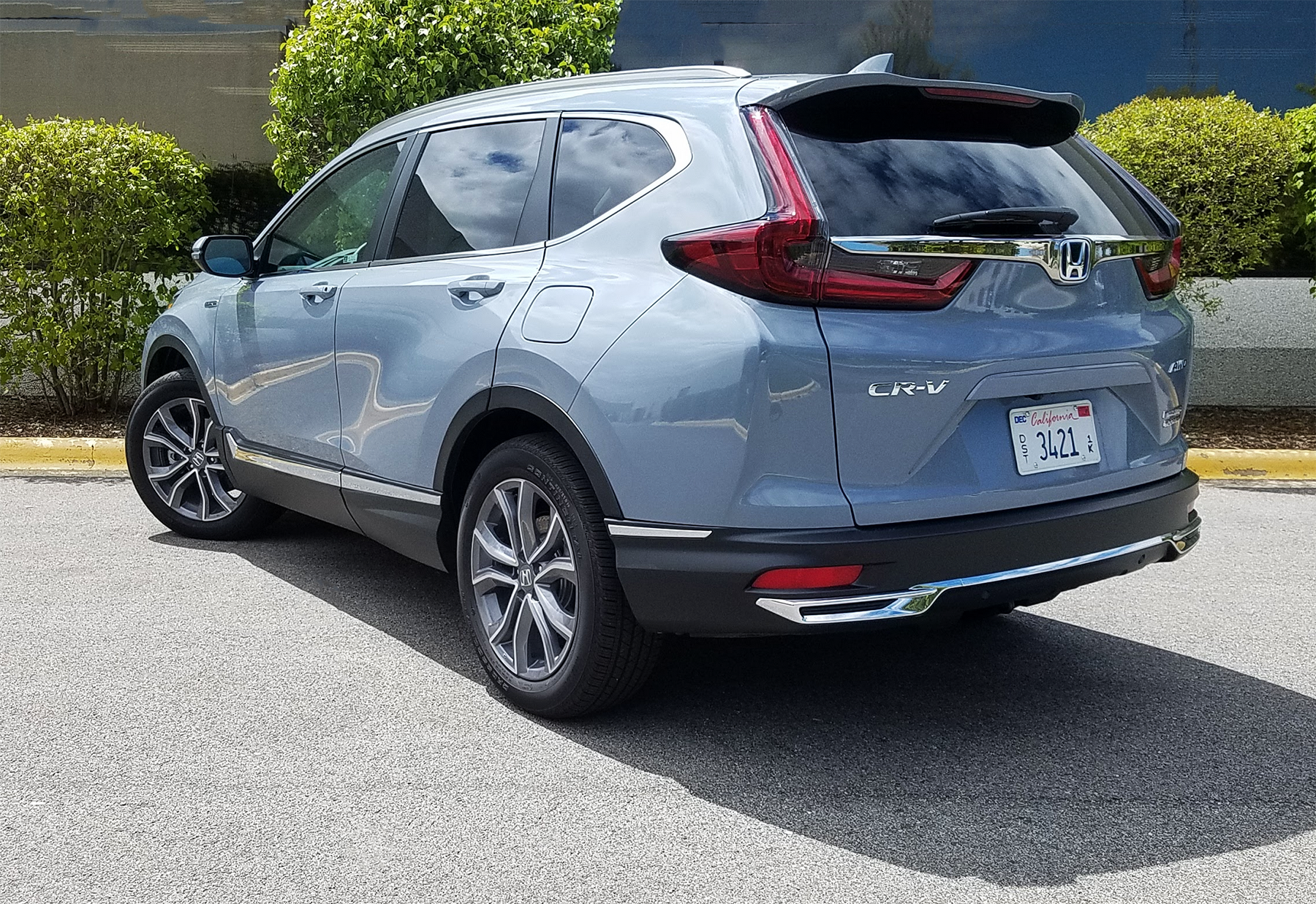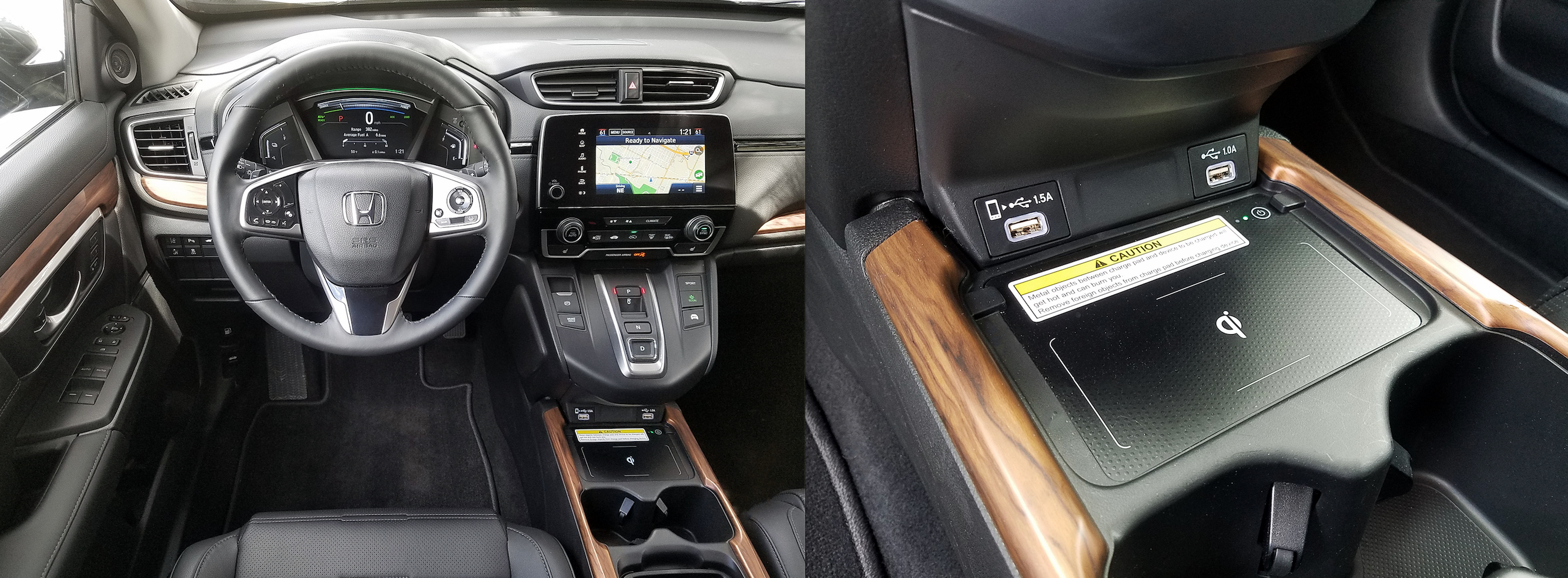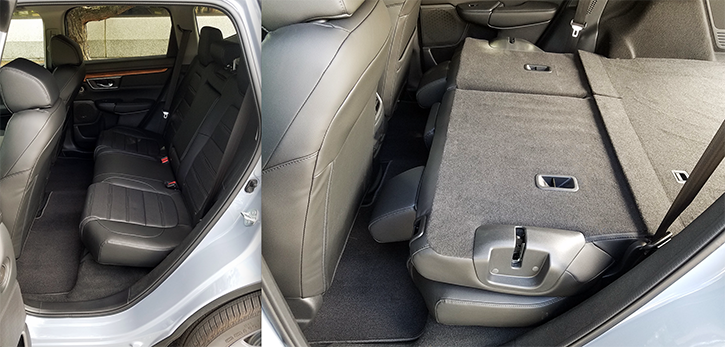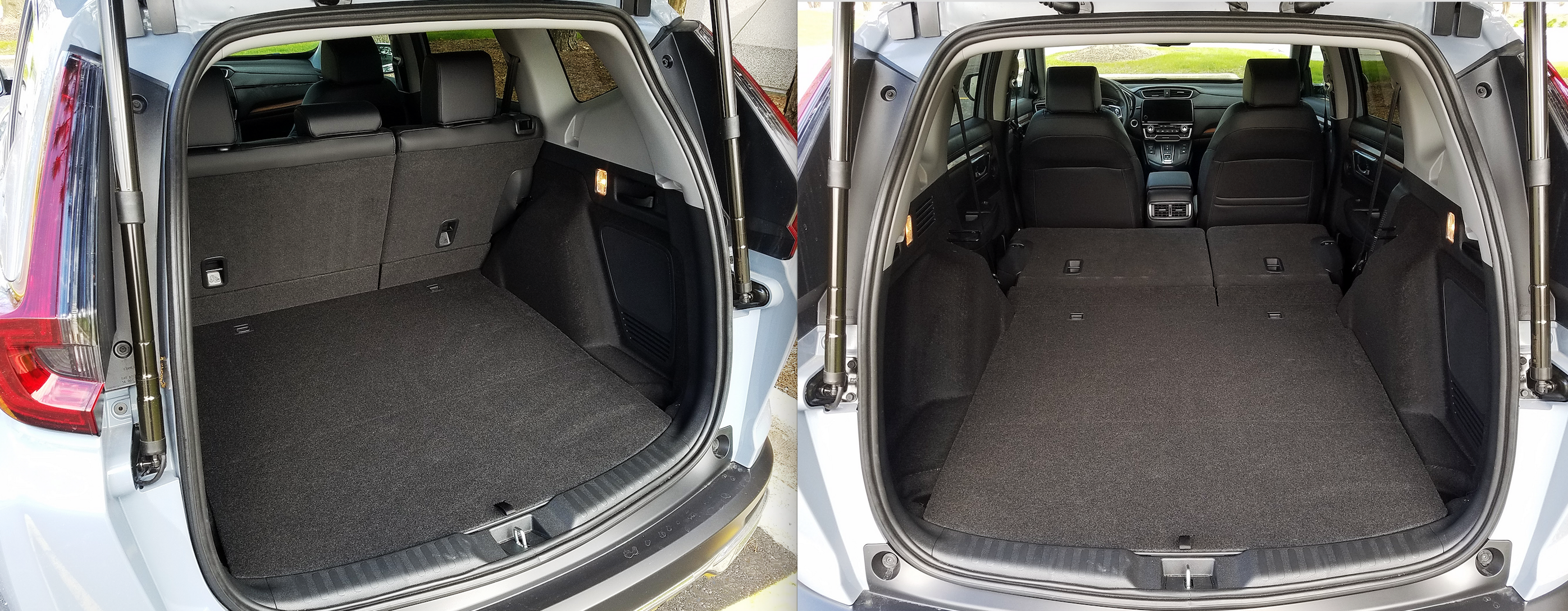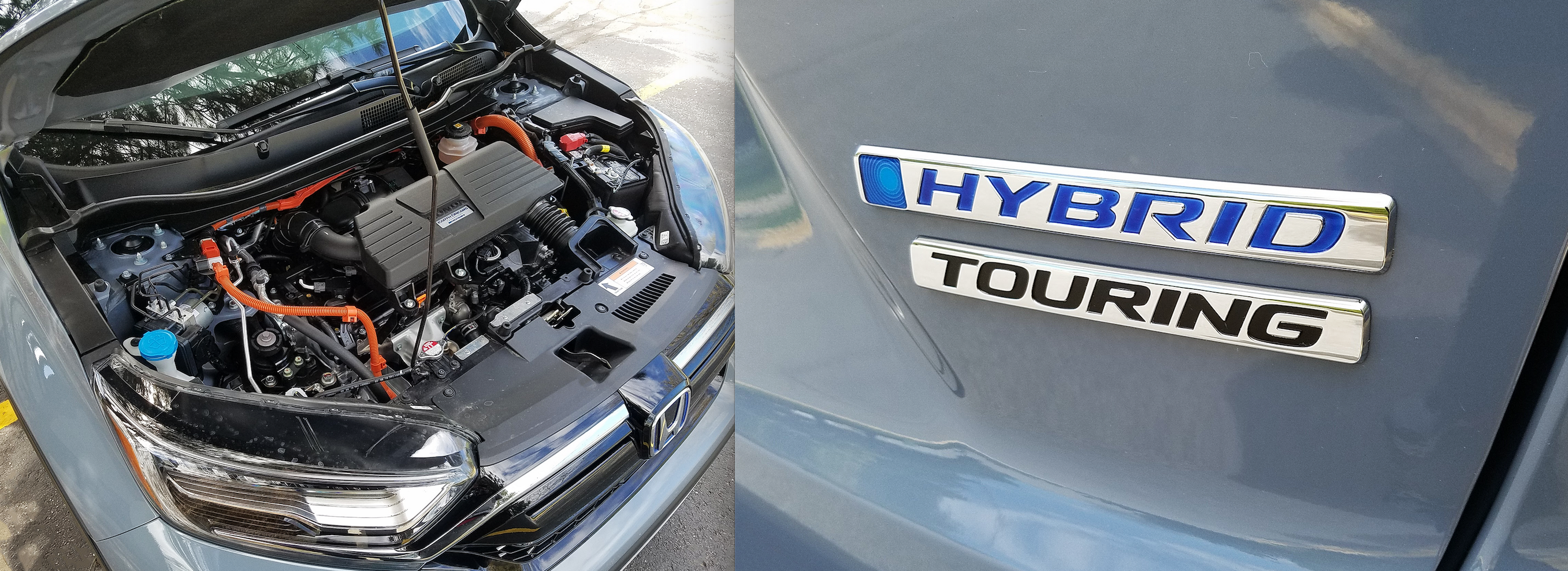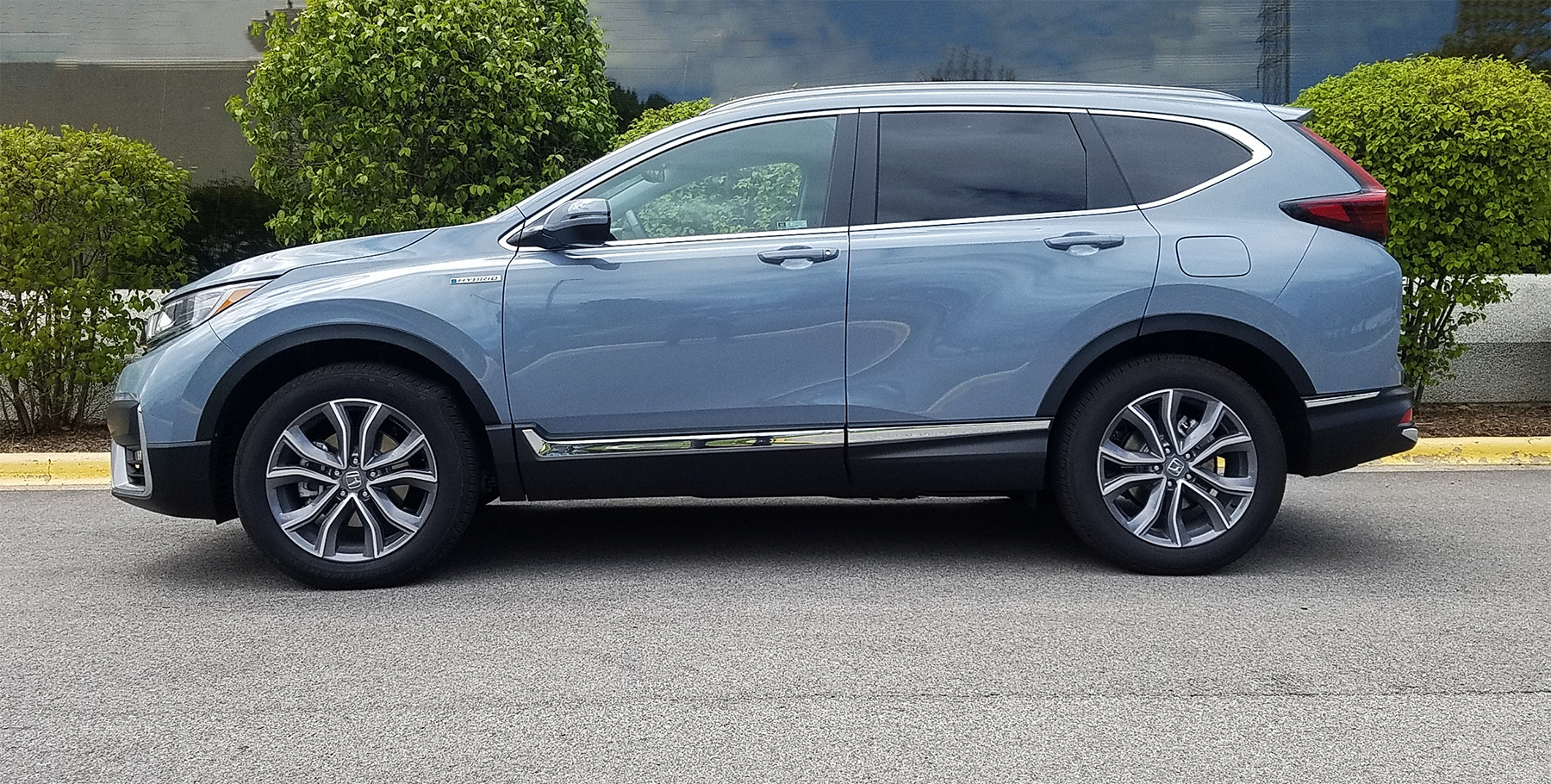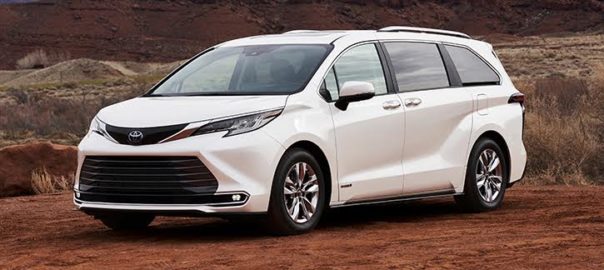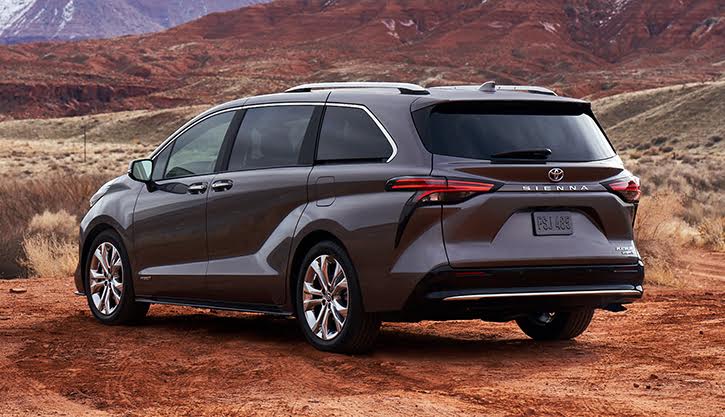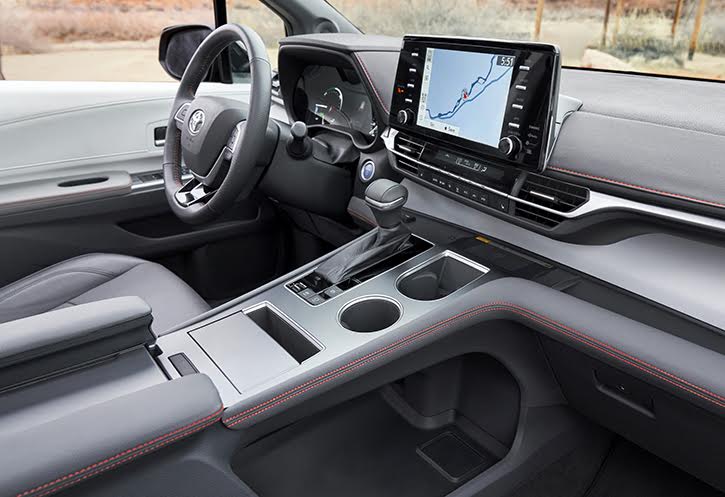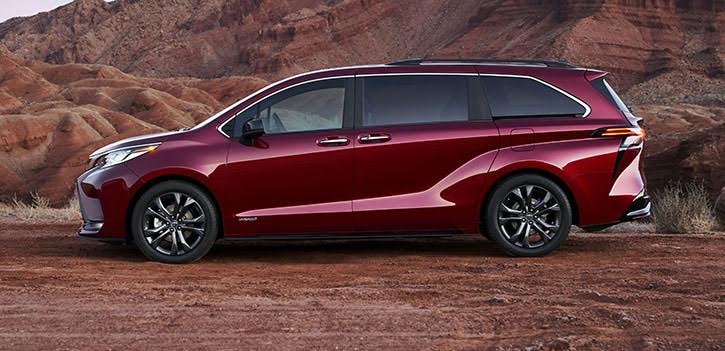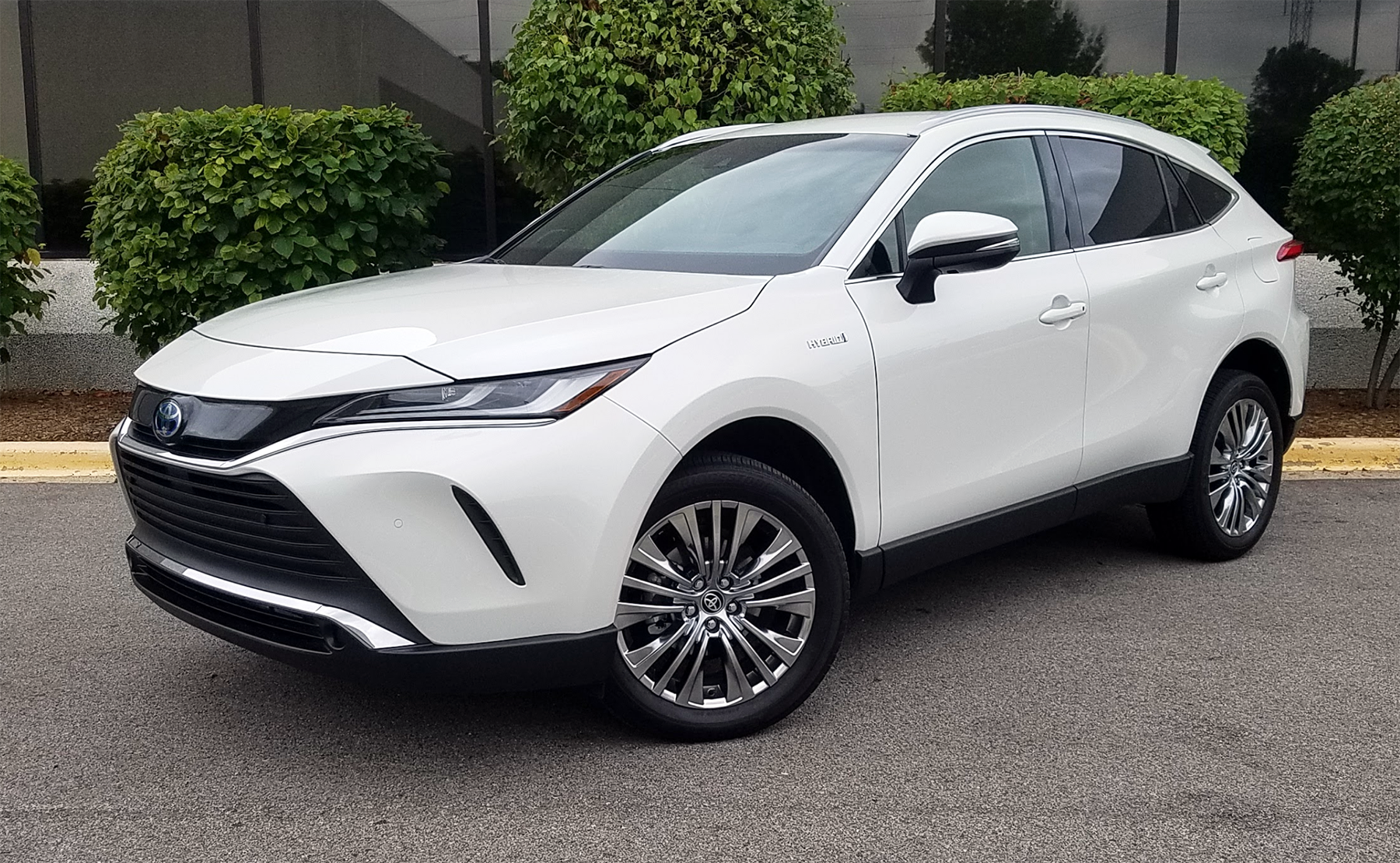
2021 Toyota Venza in Blizzard Pearl white paint
 2021 Toyota Venza XLE
2021 Toyota Venza XLE
Class: Midsize Crossover SUV
Miles driven: 141
Fuel used: 3.4 gallons
| CG Report Card | |
|---|---|
| Room and Comfort | B+ |
| Power and Performance | B |
| Fit and Finish | A- |
| Fuel Economy | A |
| Value | A |
| Report-card grades are derived from a consensus of test-driver evaluations. All grades are versus other vehicles in the same class. Value grade is for specific trim level evaluated, and may not reflect Consumer Guide’s impressions of the entire model lineup. | |
| Big & Tall Comfort | |
| Big Guy | A- |
| Tall Guy | A |
| Big & Tall comfort ratings are for front seats only. “Big” rating based on male tester weighing approximately 350 pounds, “Tall” rating based on 6’6″-tall male tester. | |
| Drivetrain | |
| Engine Specs | 219-hp 2.5L |
| Engine Type | 4-cylinder hybrid |
| Transmission | CVT automatic |
| Drive Wheels | AWD |
Real-world fuel economy: 41.5 mpg
Driving mix: 60% city, 40% highway
EPA-estimated fuel economy: 40/37/39 (city, highway, combined)
Base price: $36,000 (not including $1175 destination charge)
Options on test vehicle: 12.3-inch JBL Premium Audio ($2050)
Price as tested: $39,225
Quick Hits
The great: Smooth hybrid powertrain delivers excellent fuel economy; generous list of standard equipment, including safety features
The good: High-class interior trimmings; sleek styling inside and out
The not so good: Cargo volume isn’t as good as most class rivals; not all testers like capacitive-touch controls
More Toyota price and availability information
John Biel
If you need any further proof that there are lots of crossover sport-utilities on the market, the fact that automakers seem to be running out of names could be a tip-off. Consider that Blazer, Bronco, and Passport—all discarded nameplates from SUVs big and small—have lately come out of mothballs. Now Toyota is reaching into its recent past for Venza, the label you’ll find on the tailgate of a two-row midsize crossover added for the 2021 model year.

Toyota revives its Venza nameplate for 2021 on a sleekly styled 5-passenger midsize crossover SUV that comes solely with a hybrid powertrain and all-wheel drive. Upscale interior appointments also come standard.
The Venza badge previously graced a 5-passenger midsize crossover that Toyota sold in the U.S. from 2009 to 2015. It was a bit more car-like than the new product, and where the last-decade Venza came with a choice of 4-cylinder or V6 power and front- or all-wheel drivelines, the Venza for the Twenties is solely hybrid powered with AWD.
Test Drive: 2020 Volkswagen Atlas Cross Sport
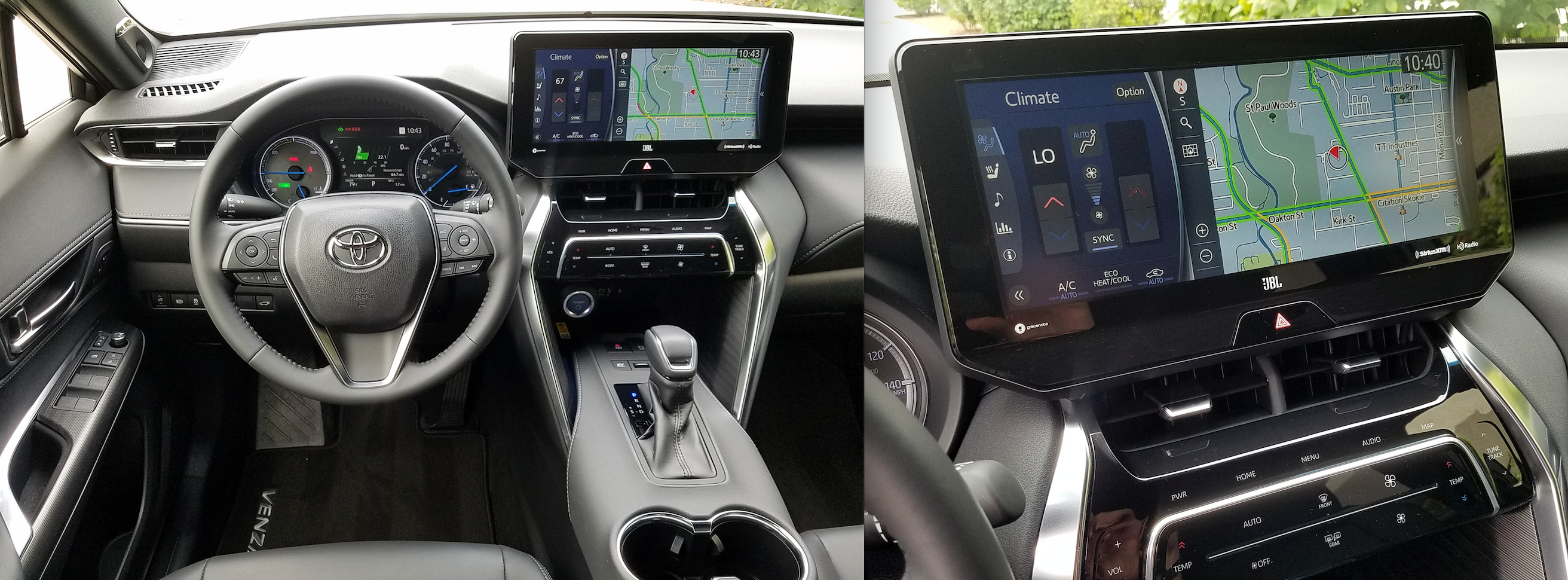
The Venza’s cabin has a pleasant, classy feel. Our XLE tester was equipped with the $2050 JBL Premium Audio option, which also adds a 12.3-inch infotainment touchscreen and Toyota’s Dynamic Navigation.
One way this Venza picks up where the last one left off is in model offerings. Ascending LE, XLE, and Limited trims are again available, with prices beginning at $33,645 including delivery. Consumer Guide sampled an XLE that started at $37,175 but tacked on 9-speaker JBL premium audio with navigation on a big 12.3-inch touchscreen to reach $39,225. (One extra we would have liked to see is the new “Star Gaze” panoramic roof that uses electrochromic technology to switch from transparent to frosted at the push of a button, but it’s a $1400 option reserved for the Limited.)
Test Drive: 2019 Honda Passport Elite

The rear-seat area is spacious and comfortable, though headroom can be tight for passengers above 6 feet tall. Central HVAC controls and dual USB charging ports are standard.
XLE standard equipment includes 19-inch super-chrome-finish alloy wheels, hands-free power liftgate, rear cargo cover, leather-wrapped steering wheel, “Softex” leatherette-and-fabric seats, power 8-way-adjustable driver’s seat, 7-inch color vehicle-information display, wireless smartphone charging, Smart Key access to doors and tailgate, push-button starting, and dual-zone climate control. The infotainment system (with 8-inch touchscreen) incorporates satellite and HD radio; Apple CarPlay, Android Auto, and Amazon Alexa compatibility; Bluetooth wireless technology; and Toyota Remote Services. Driver assists are a blind-spot monitor, rear cross-traffic alert, and front and rear parking assist with automated braking. Plus, all Venzas get Toyota’s Safety Sense 2.0 features: a pre-collision system with low-light pedestrian and bicycle detection, adaptive cruise control, lane-departure warning with lane-keep assist, automatic high-beam headlamps, and road-sign assist.
The Venza does for Toyota what many other manufacturers have done, and that is cover both ends of the midsize crossover space. Venza’s 105.9-inch wheelbase actually matches that of the compact RAV4, but at 186.6 inches overall, the newcomer is five inches longer between the bumpers—though eight inches shy of the 3-row Highlander. The Venza is built from the Toyota New Global Architecture K platform already in use by several other vehicle lines. It rides a suspension of struts in front and independent multiple links in back. Like some of today’s other two-row midsize debutantes (think Chevrolet Blazer and Volkswagen Atlas Cross Sport for instance), Venza is a little more style-driven than the usual midsize ute, with a more sweeping profile than the vehicles between which it fits.
Test Drive: 2019 Chevrolet Blazer Premier

With the rear seats up or down, the Venza’s cargo area isn’t as large as most two-row midsize SUV competitors’. There’s 28.8 cubic feet of cargo space behind the rear seats, and 55.1 cubic feet with the rear seats folded. For comparison, the Ford Edge’s respective cargo-area measurements are 39.2 cubic feet and 73.4 cubic feet.
How, then, can the Venza hope to stand out in an already-busy field? Two words: Powertrain. Driveline. Alone among U.S.-market crossovers it will be a) powered by nothing but a hybrid powerplant and b) driven through all four wheels. A 2.5-liter 4-cylinder engine is mated to three electric motors and a continuously variable automatic transmission (CVT) for 219 system horsepower. The AWD system electronically enlists a rear-mounted electric motor to drive the rear wheels when needed to help reduce front wheel slip or improve cornering. Up to 80 percent of available torque can be directed rearward.
The Venza is nicely responsive in around-town driving. It is quiet, and essentially seamless when going from electric to internal-combustion power. In highway driving, the CVT gives the effect of a prompt geared-transmission kickdown when passing power is called for. Three drive modes—“Normal,” “ECO,” and “Sport”—are available to drivers. Sport mode is supposed to sharpen throttle response, but from where this driver sat, any gain was evanescent. ECO tunes the throttle and climate-control system for greater fuel efficiency. The Venza handles very easily, effectively shelters passengers from most road shocks, and brakes with less of the vagueness that traditionally plagues hybrids.
Should I Buy a Car or Crossover?
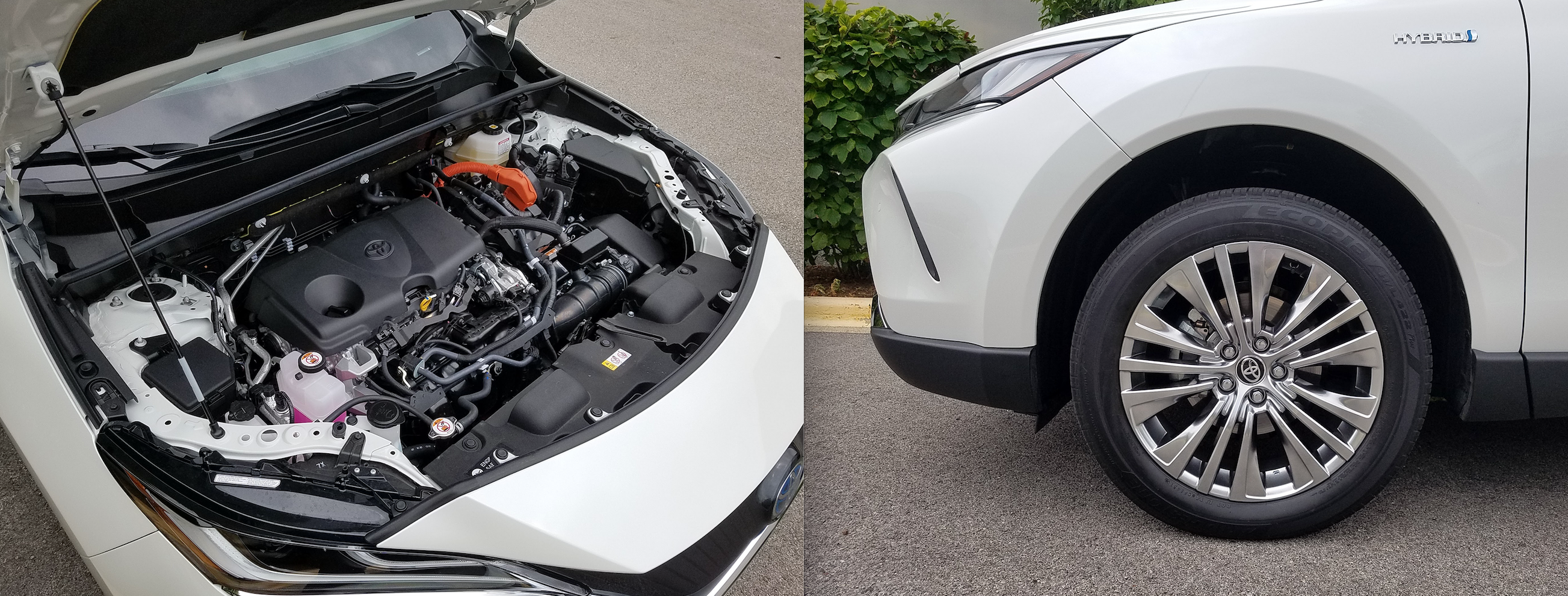
All Venzas come with the same powertrain: a 2.5-liter 4-cylinder paired with three electric motors for a total output of 219 system horsepower. XLE models come standard with 19-inch “super chrome” alloy wheels in place of the LE’s 18s.
Official EPA fuel-economy numbers are 40 mpg city/37 highway/39 combined on all Venza trim levels. Those are class leading numbers, and we actually did a bit better during our time with a pre-production test vehicle: In 141 miles of 60 percent city driving, we averaged 41.5 mpg.
Inside, four adult passengers will find fairly good head- and legroom. (The rear seat is slightly too narrow to get three grown-ups across it comfortably.) A compact lithium-ion battery pack for the electric motors fits under the rear seats, saving room for passengers and cargo. Owners can stash 28.8 cubic feet of stuff behind the second row. The space extends pretty far forward, but the roof rake that gives the Venza its sporting look reduces the height of objects that can be stored near the back. Rear seats fold flat for added capacity, and there’s some bonus hidden space under the floor if you’re willing to let your goods take their chances with the spare tire.
Test Drive: 2019 Toyota RAV4 Hybrid Limited

The Venza puts an emphasis on sleek, rakish styling. In addition the the full-width LED taillight, XLE and Limited models get a full-width center high-mounted stop light as well.
The XLE interior is comfortable and attractive for the price. There’s more soft-touch area than you’ll find in some pricier vehicles. Among other things, the colorful vehicle-information readout in the instrument cluster monitors hybrid-system function. Even on the uplevel infotainment system setup and access is fairly straightforward, but everything—including climate controls—is operated via capacitive controls which requires a lot of repetitive pushes to get desired settings. Personal-item storage is varied and abundant enough to be serviceable, but nothing more.
Some other Toyota crossovers may hold more passengers or be more space efficient. However, the revivified Venza plugs a gap in the brand’s SUV hierarchy with a stylish and nicely equipped alternative.
Car Shopping Tips: Test Drive Checklist
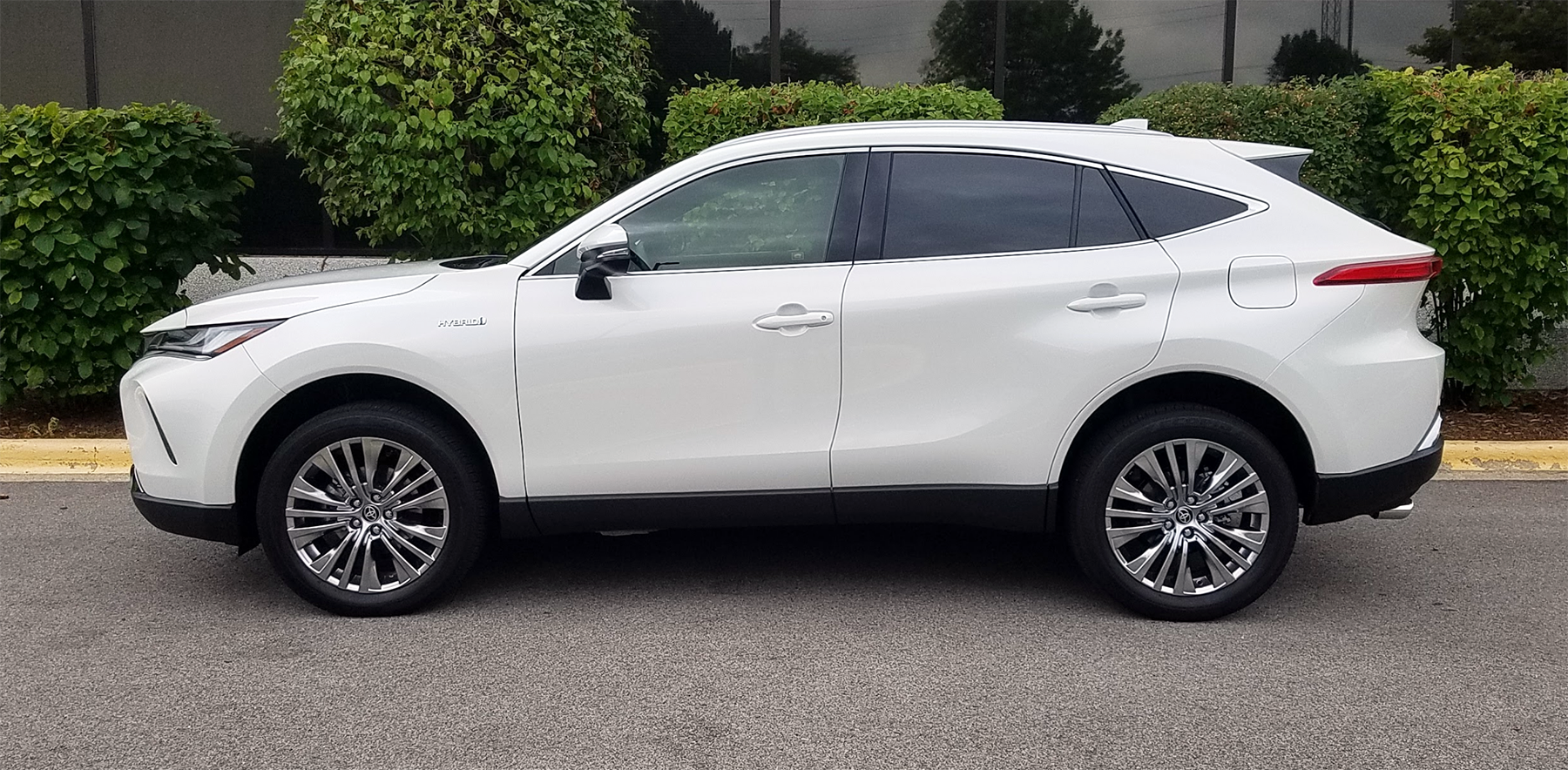
Outside of the Ford Explorer and Toyota’s own Highlander, the revived-for-2021 Venza is the only hybrid available in the mainstream midsize SUV class. Its excellent fuel economy is a key selling point, but the generous list of standard and available features, comfortable ride, and classy cabin also make the Venza a compelling choice.
Check out the Consumer Guide Car Stuff Podcast
2021 Toyota Venza XLE Gallery
Toyota Venza XLE
